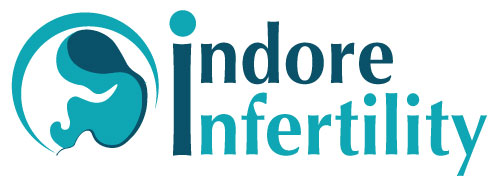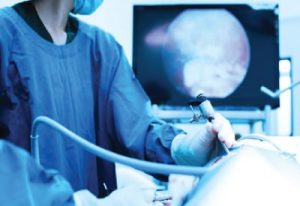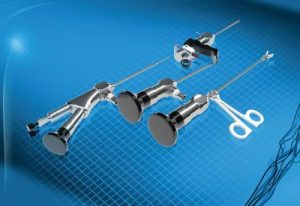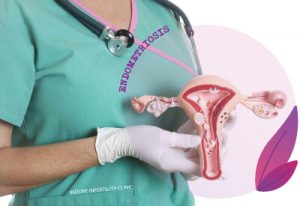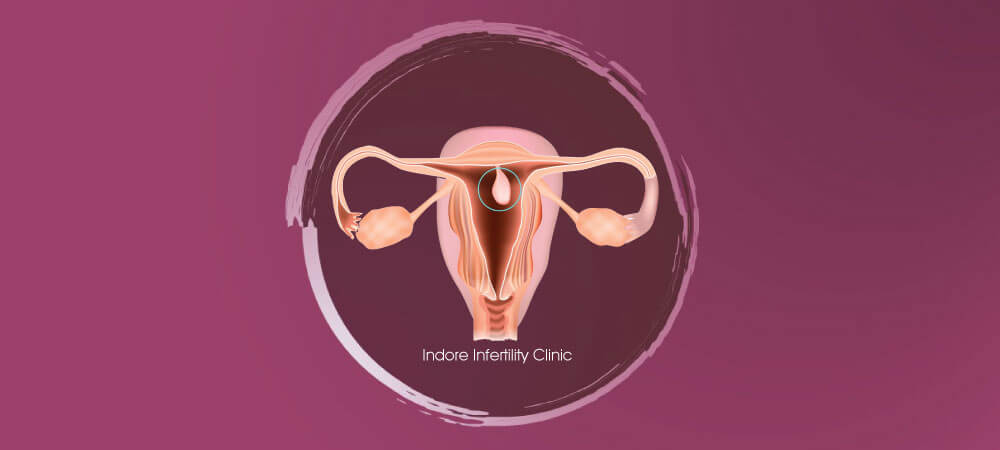
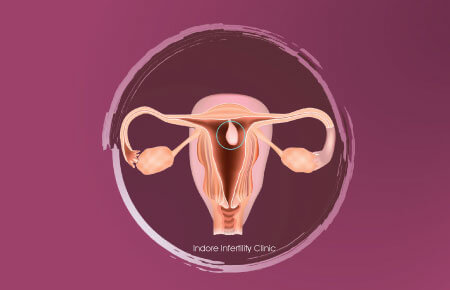
What is uterine Polyp or polyps of the Uterus ?
Inner lining of uterus where embryo implants is called Endometrium.
Abnormal overgrowth of the Endometrium, extending into the cavity of uterus is known as Uterine Polyp.
Polyps can be located in any part of the uterine cavity for example: Anterior wall polyp (Front wall, towards tummy), Posterior wall polyp (Back wall), Lateral wall polyp (On the side walls of uterus).
Polyps can be small (less than 10mm) or large (more than or equal to 10mm).
When more than one polyp exists on the uterine wall, it is known as Multiple Uterine Polyps.
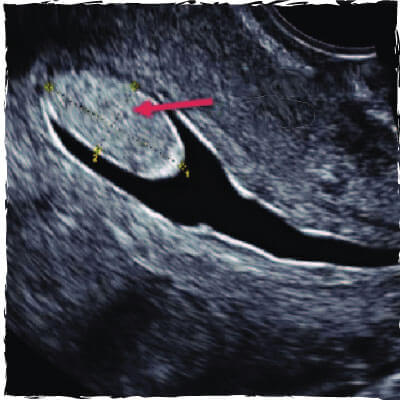
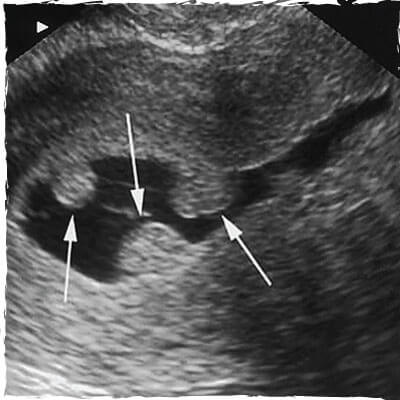
How is uterine polyp diagnosed?
Uterine polyp can be diagnosed using ultrasound. Usually patients come to know about Polyp after getting a Transvaginal Ultrasound.
The following two methods of Ultrasound are effective in identifying a polyp in the uterus.
PELVIC ULTRASOUND – ( USG / TVS )
Transvaginal Ultrasound is an easy way of diagnosing uterine polyp / polyps. The polyp appears slightly brighter (Hyperechoic) than the surrounding normal endometrium. 3D and 4D Sonography very clearly outline the polyp and usually no other investigation is required.
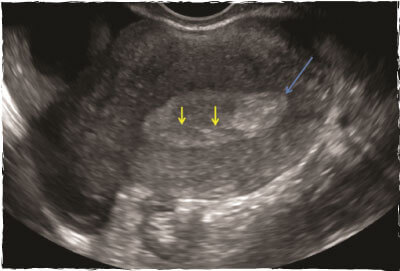
Saline Infusion Sonography (SIS)
By doing sonography while there is some fluid in the uterine cavity, the line of demarcation between uterine polyp and surrounding endometrium becomes very clear. Infusion of saline and sonography is known as SIS.
It is an outdoor procedure and does not require admission. Reports are immediately available. It is especially useful to outline multiple polyps and also to determine the site of origin of the polyp before planning for surgery.

Both these methods are performed with Ultrasound and needs good expertise of Ultrasound skills to locate and report size of polyp. It is best to get the ultrasound done by an experienced IVF Specialist at any IVF Clinic, because they are not simply ultrasound technicians and understand the female reproductive anatomy and the impact that such abnormalities have in a better fashion.
IVF doctors can report the findings of ultrasound in a better way which impacts the treatment for uterine polyps eventually.
Hysteroscopy for Uterine Polyp Removal
Hysteroscopy is direct visualization of uterine cavity. If uterine polyp is suspected, Hysteroscopy is done both to confirm the diagnosis and also remove the polyp. This is known as hyteroscopic polypectomy.
What are the symptoms of uterine polyp(s) ?
- Usually polyps are asymptomatic. (Meaning they do not cause any symptom or discomfort).
- Sometimes polyps can cause prolonged spotting or bleeding before and after the menstrual cycle.
- Polyps can also present as inability to conceive (Infertility). Patient has no other problem, except for not becoming pregnant. Polyp is diagnosed on routine ultrasound test done as a part of infertility evaluation and patient has no other symptom.
- At times polyps can also cause recurrent early pregnancy miscarriages (Abortions).
How does Polyp impact pregnancy?
Small polyps don’t affect pregnancy but large polyps (More than 10mm) may cause early pregnancy miscarriage or abortion in the first 3 months.
CAN POLYPS CAUSE INFERTILITY ?
Polyps can act as a foreign body inside the uterine cavity and impair implantation of the embryo. This can cause infertility. The mechanisms suggested are : Space occupying effect, inflammatory changes and also abnormal release of factors that reduce chances of pregnancy.
It is strongly suggested that polyps should be removed before commencing any fertility treatment.
CAN IT DISSOLVE WITH MEDICATION?
Medicines do not dissolve polyps. However, if the uterine polyp is seen incidentally during a sonography and is less than 10mm, it can be monitored in the next menstrual cycle on ultrasound to see if the polyp persists. Some small uterine polyps may resolve on their own and will not be seen in the subsequent ultrasound scans.
HOW ARE POLYPS REMOVED SURGICALLY?
Polyps are removed hysteroscopically. This is known as Hysteroscopic Polypectomy. Hysteroscopy is done under anaesthesia and is a day care procedure.
HOW SOON CAN I get pregnant OR IVF AFTER POLYP REMOVAL?
Once the uterine polyp is removed, pregnancy can be planned after the next menstrual cycle. In the month of polyp removal, chances of pregnancy are very less therefore we usually advise a month’s break before planning Embryo Transfer.
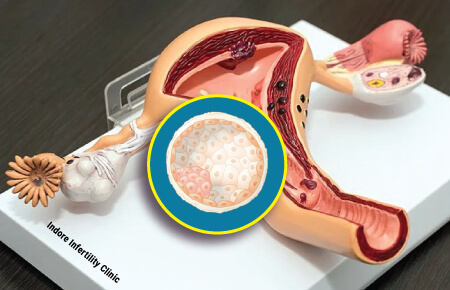
SHOULD I PLAN FOR IVF EMBRYO TRANSFER OR FROZEN EMBRYO TRANSFER (FET) AFTER POLYP REMOVAL ?
Makes sense to time the Embryo transfer, whether from Fresh IVF cycle or Frozen Embryo Transfer only after the Polyp has been successfully removed from the uterine cavity. This will increase the chances of implantation and hence the success rate of the IVF cycle.
